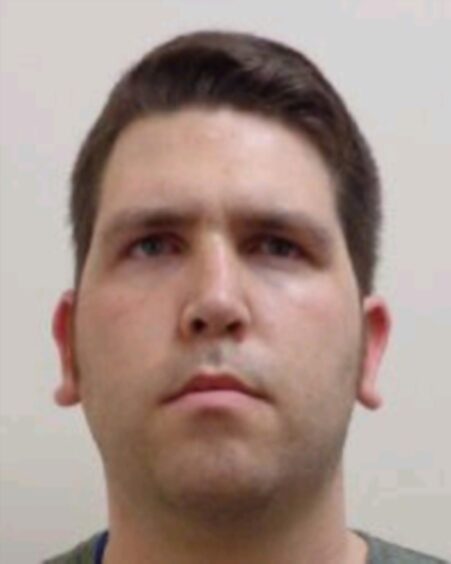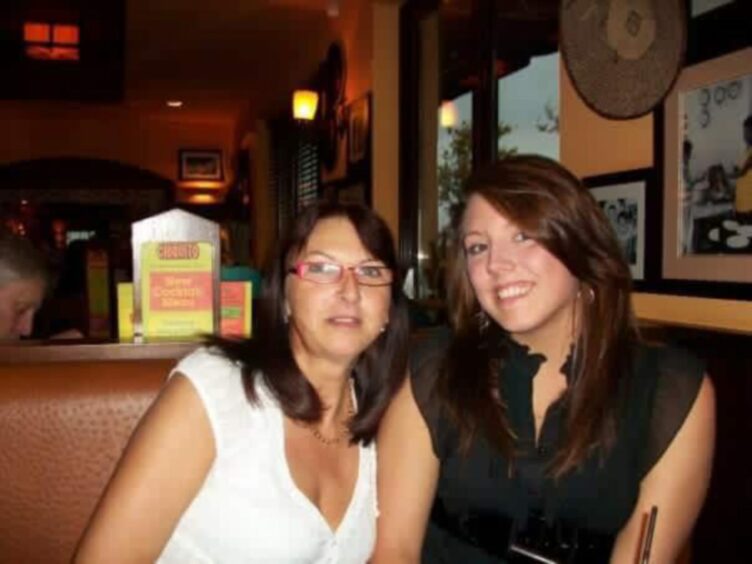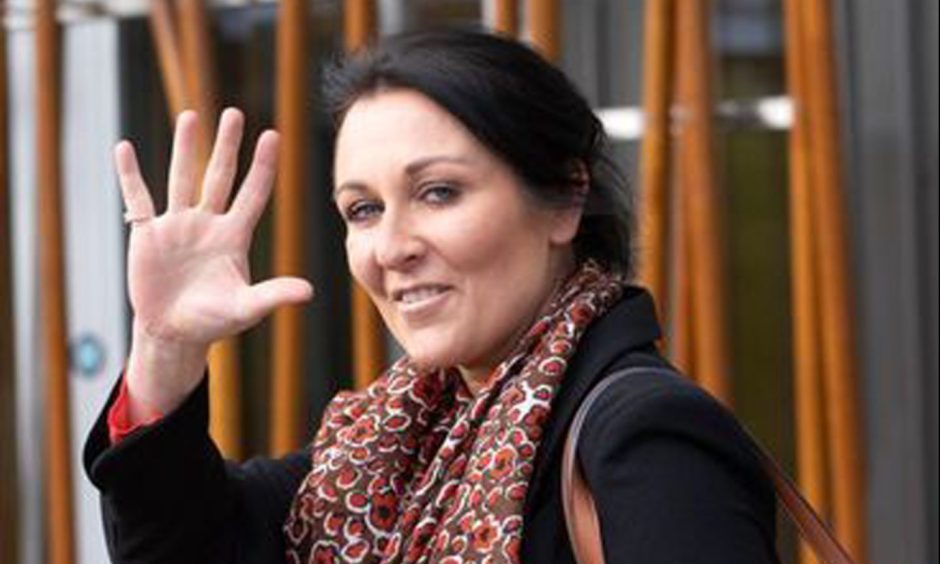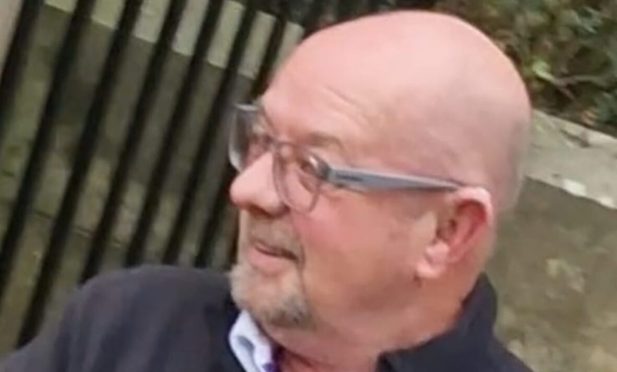A law to stop murderers controlling the estate of their victim has come into force following a campaign by the Fife family of killer Ross Taggart.
The Scottish Government brought forward new legislation to stop anyone convicted of murder being an executor of their victim’s will.
The Trusts and Succession (Scotland) Act will make it easier to remove any executor who is unfit to be in that role.
The new law has now received Royal Assent after being passed by the Scottish Parliament.
The move follows a campaign by the family of Carol-Anne Taggart who was murdered by her son Ross in 2014.
Taggart attacked his 54-year-old mother at the home they shared in Dunfermline and buried her body under a caravan.
In her will, Carole-Anne had made Taggart executor of her £500,000 estate and bequeathed the bulk of her wealth to him.
While Taggart cannot profit from his other’s death as a result of his murder conviction, he has refused to resign as an executor and retains complete control over all decisions relating to the estate.
Fighting to help others
Carole-Anne’s daughter Lorraine and her husband Stephen Bristow started a petition to change the law, which gained more than 60,000 signatures.
Speaking to STV, Lorraine, 35, said: “It was a case of always fighting to try and change this law and help other people.
“I’ve not actually let it fully sink in.
“I hope I can move on but to know that I’ve helped in a good way I think brings a little bit of closure, it has to.”
Lorraine is now consulting a solicitor over the process of having Taggart removed as an executor.
Fife family thanked
The reforms state a person “convicted of, or being prosecuted for, murder or culpable homicide of the deceased, is to be regarded as unfit to be executor and can be removed from office by an application to the courts”.
It will be for the courts to apply the law in individual cases.
“Courts will be able to take account of convictions that pre-date the Act coming into force.
Victims and Community Safety Minister Siobhian Brown said: “I am pleased that we have been able to address this important issue through the Bill, now passed by Parliament.
“This change in the law follows the murder of Carol Taggart by her son, who was also her executor.
“I am grateful to Carol’s friends and family for raising this issue – the change will make it possible to prevent what has happened in the past from happening in future.
“More generally, there is consensus that the law in Scotland on trusts is outdated and this legislation, developed by the Scottish Law Commission, will make a significant and positive difference for those who use them.”
Taggart was jailed for a minimum of 18 years at the High Court in Edinburgh after being found guilty of the December 2014 murder.













